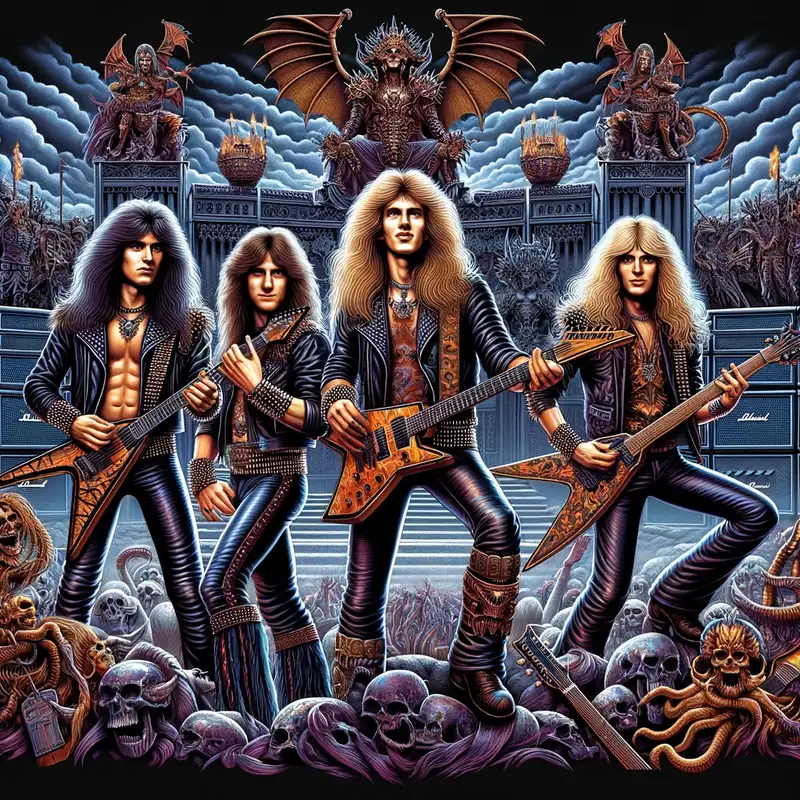Gothic Metal

Gothic Metal, often characterized by its haunting melodies and melancholic themes, is a subgenre of heavy metal that emerged in the early 1990s. This style was born from the union of the aggressive sounds of heavy metal with the atmospheric, somber overtones of gothic rock.
Table of Contents
Characteristics of Gothic Metal
- Melodic Guitar Work: While rooted in the heavy riffs of traditional metal, the guitar work in Gothic Metal often veers towards the melodic, sometimes evoking an eerie or mournful quality.
- Atmospheric Keyboards: Keyboards play a crucial role in establishing the gothic atmosphere. They often provide a lush backdrop against which the other instruments and vocals play.
- Varied Vocal Styles: From the haunting female vocals reminiscent of gothic rock to the deeper, often growled male vocals typical of doom metal, the vocal range is vast and plays a pivotal role in setting the mood.
- Thematic Elements: Lyrics in Gothic Metal often draw from themes of romance, tragedy, despair, and sometimes even the supernatural.
Key Bands and Albums
Several bands have played instrumental roles in defining and popularizing the genre.
- Paradise Lost: Often hailed as pioneers, their early albums like “Draconian Times” serve as milestones in the genre.
- Type O Negative: Their album “Bloody Kisses” with its deep-toned vocals and atmospheric elements, has been a cornerstone for many Gothic Metal enthusiasts.
- Theatre of Tragedy: Their self-titled debut album showcased a beautiful juxtaposition of growled male vocals and ethereal female vocals, a style that many later bands emulated.
- Lacuna Coil: Hailing from Italy, they brought a modern twist to the genre, blending clean vocals with catchy riffs.
The Evolution
While Gothic Metal was at its peak during the late 1990s and early 2000s, the genre hasn’t remained static. Bands have continued to innovate, blending in elements from industrial, folk, and even electronic music.


